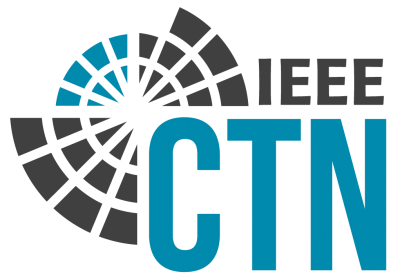
ComSoc Technology News (CTN) is a free, online monthly publication that publishes interesting, timely, and newsworthy articles that span a wide range of topics related to the communications technology industry. Our mission is to be an informational resource that brings diverse perspective and thought leadership, while providing a platform for lively discussion amongst our readers.
CTN is run by a team of volunteer editorial board members who are technical experts in diverse fields. All articles are reviewed and edited by a technical editor. The editor-in-chief performs the final review prior to publication.
March 2024 Issue
An Overview of AI in 3GPP’s RAN Release 18: Enhancing Next-Generation Connectivity?
For the month of March 2024, CTN will dive into what else? AI, in this case as it relates to Radio Access Networks (RAN) 3GPP Standardization and what transpired in the recently completed R18. As the telecommunications landscape continues to evolve at a rapid pace, and as the telecommunication’s industry sets it sights in completing work in 5G Advanced, followed by 6G studies and eventually 6G normative work, we see how the talk of AI being fundamental to the future of wireless communications continues to increase. The last couple of months we have seen several announcements to that effect: AI for RAN, the telco’s AI Alliance, and NVIDIA’s 6G Research Cloud Platform all have the common theme of exploring how AI can become a fundamental capability in the wireless communication evolution. But before we get there, AI must prove its metal, and 3GPP is already hard at work investigating possible applications of AI in each release. In this month’s article the author provides an overall review of what was done in R18 as it relates to a general framework and discusses several key use cases that were part of the release work. There’s no doubt that the AI work in 3GPP it is still in its infancy, but there’s also no doubt that the expectation for what AI can do in cellular communications is high, only time will tell us how deep and wide it can go.
Miguel Dajer, CTN Editor-in-Chief
Past CTN Issues
February 2024 Issue
Dive into the Quantum Realm: Promise of Quantum Communication and What's Next!
January 2024 Issue #2
Looking Back to Our Predictions and Looking Ahead to the Future
January 2024 Issue #1
Is Open RAN a Smart Choice for Smart Cities?
Statements and opinions given in a work published by the IEEE or the IEEE Communications Society are the expressions of the author(s). Responsibility for the content of published articles rests upon the authors(s), not IEEE nor the IEEE Communications Society.


